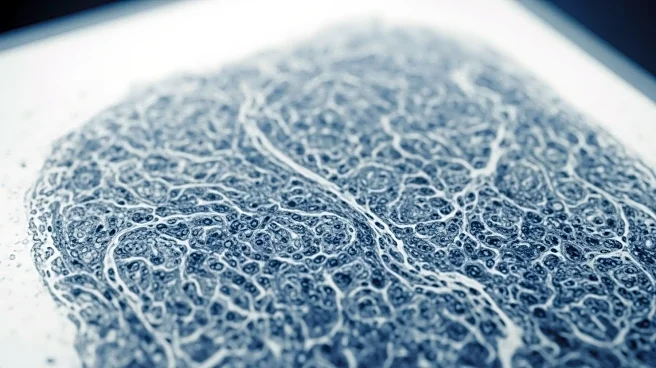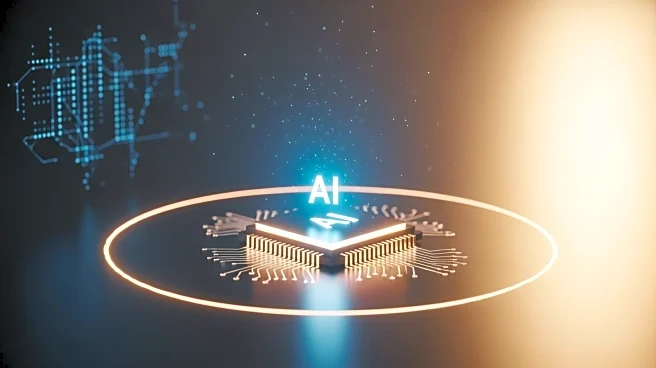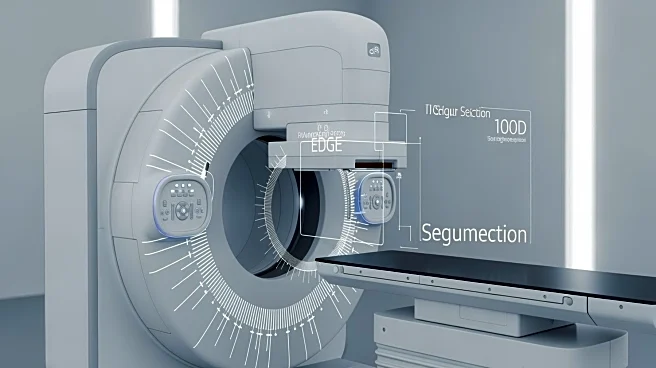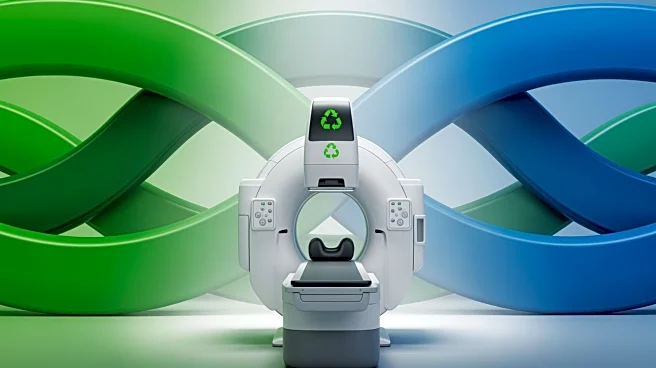What's Happening?
A study has explored the use of machine learning to classify histological subtypes of invasive breast cancer using MRI texture features. The research focused on differentiating between invasive ductal
carcinoma (IDC) and invasive lobular carcinoma (ILC) by analyzing texture patterns in MRI images. The study employed supervised learning classifiers, such as SVM, to achieve high accuracy in classification. The approach aims to provide a non-invasive method for breast cancer diagnosis, leveraging the contralateral breast data to identify subtle changes associated with cancer subtypes.
Why It's Important?
This research is significant as it offers a non-invasive alternative to traditional biopsy methods for breast cancer diagnosis. By using MRI texture analysis, the study provides a way to detect cancer subtypes early, potentially improving treatment outcomes. The use of machine learning in medical imaging enhances the precision and reliability of diagnoses, reducing the risk of misclassification and unnecessary invasive procedures.
What's Next?
Future research may focus on expanding the dataset and refining the machine learning models to improve accuracy and applicability across different breast cancer subtypes. The integration of AI techniques in clinical settings could be explored, assessing its impact on workflow efficiency and patient care. Additionally, the study suggests the potential for using contralateral breast data in other areas of cancer research.
Beyond the Headlines
The ethical implications of AI in healthcare, such as data privacy and the potential for bias in AI models, need to be addressed. Ensuring that AI systems are transparent and accountable is essential for gaining trust from both medical professionals and patients. Long-term, AI could revolutionize healthcare by providing personalized treatment plans based on detailed data analysis.











